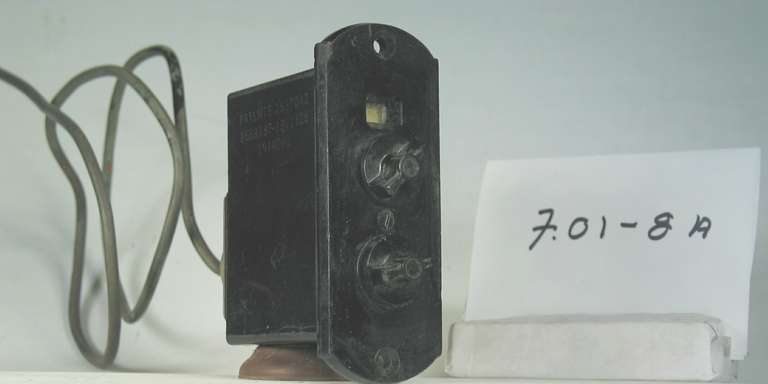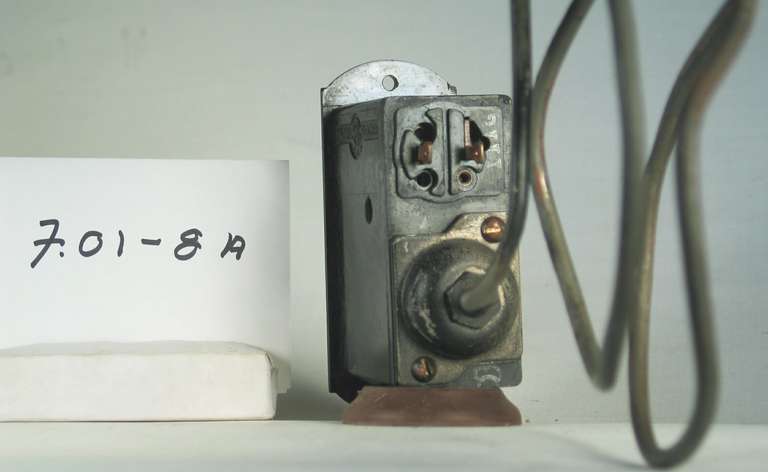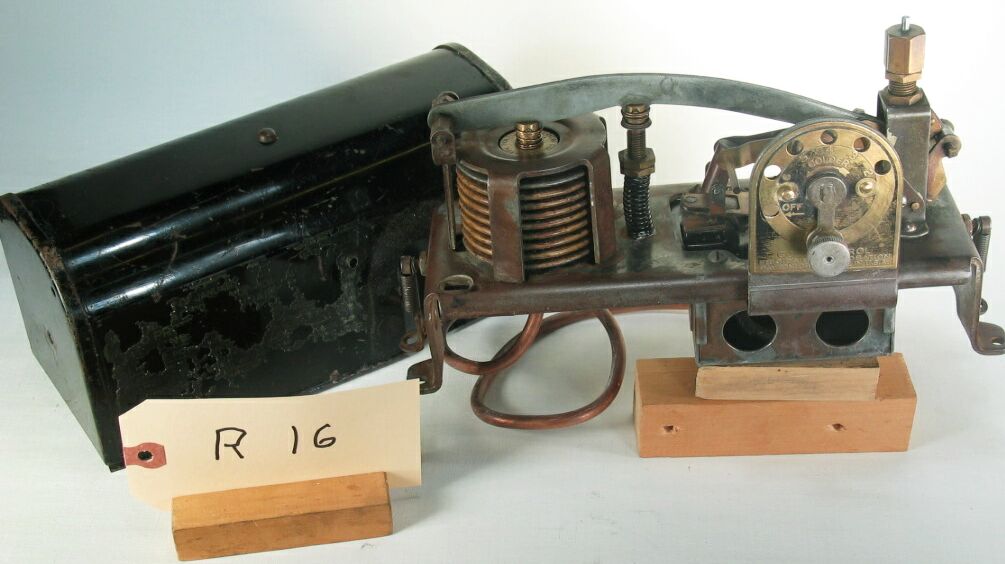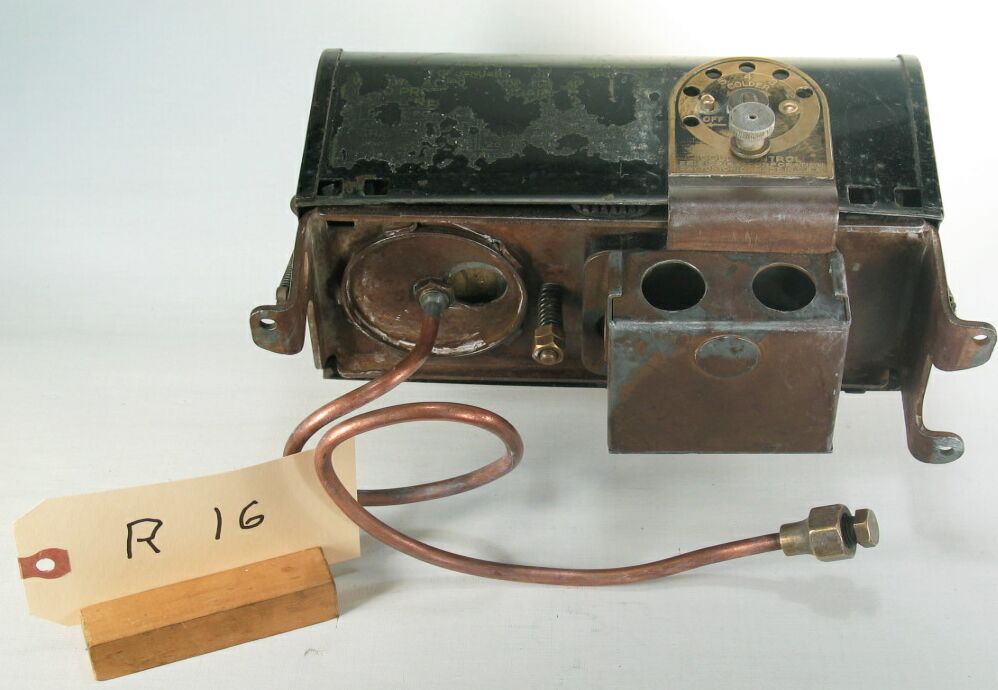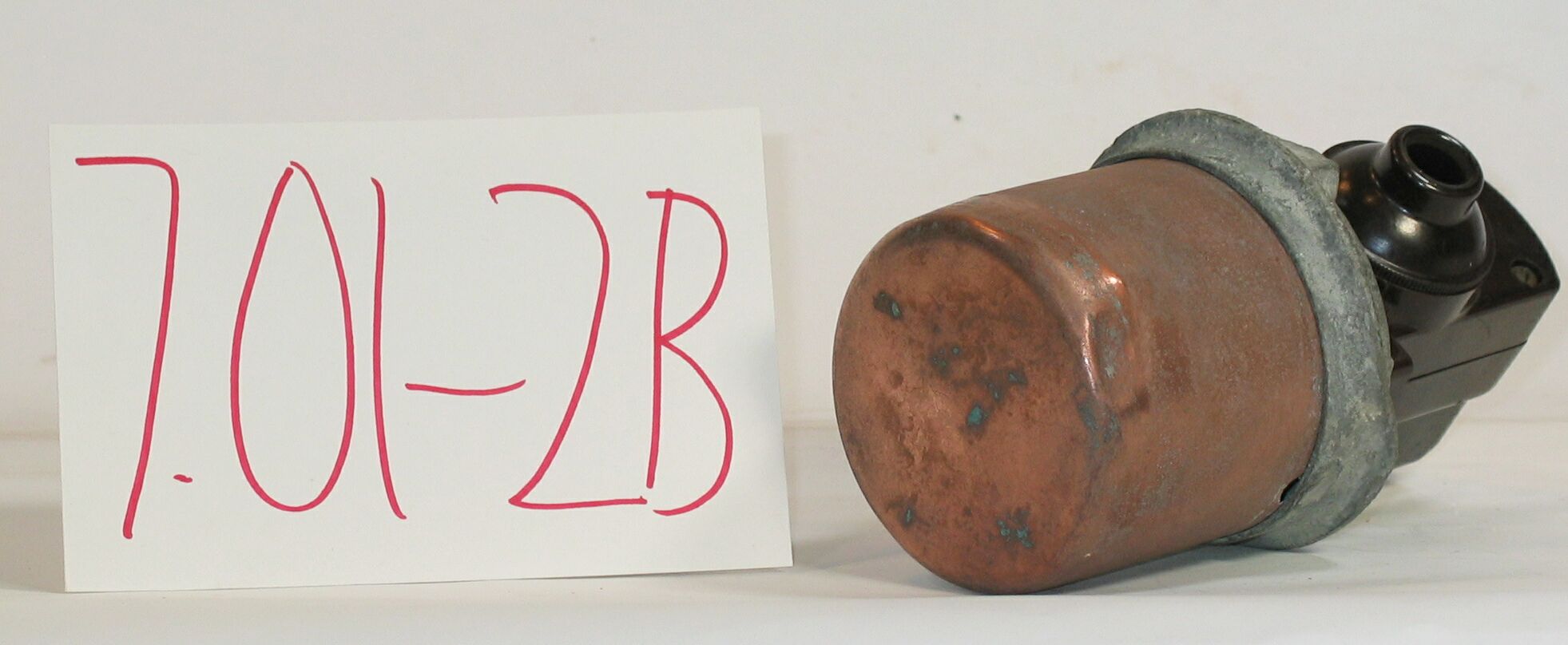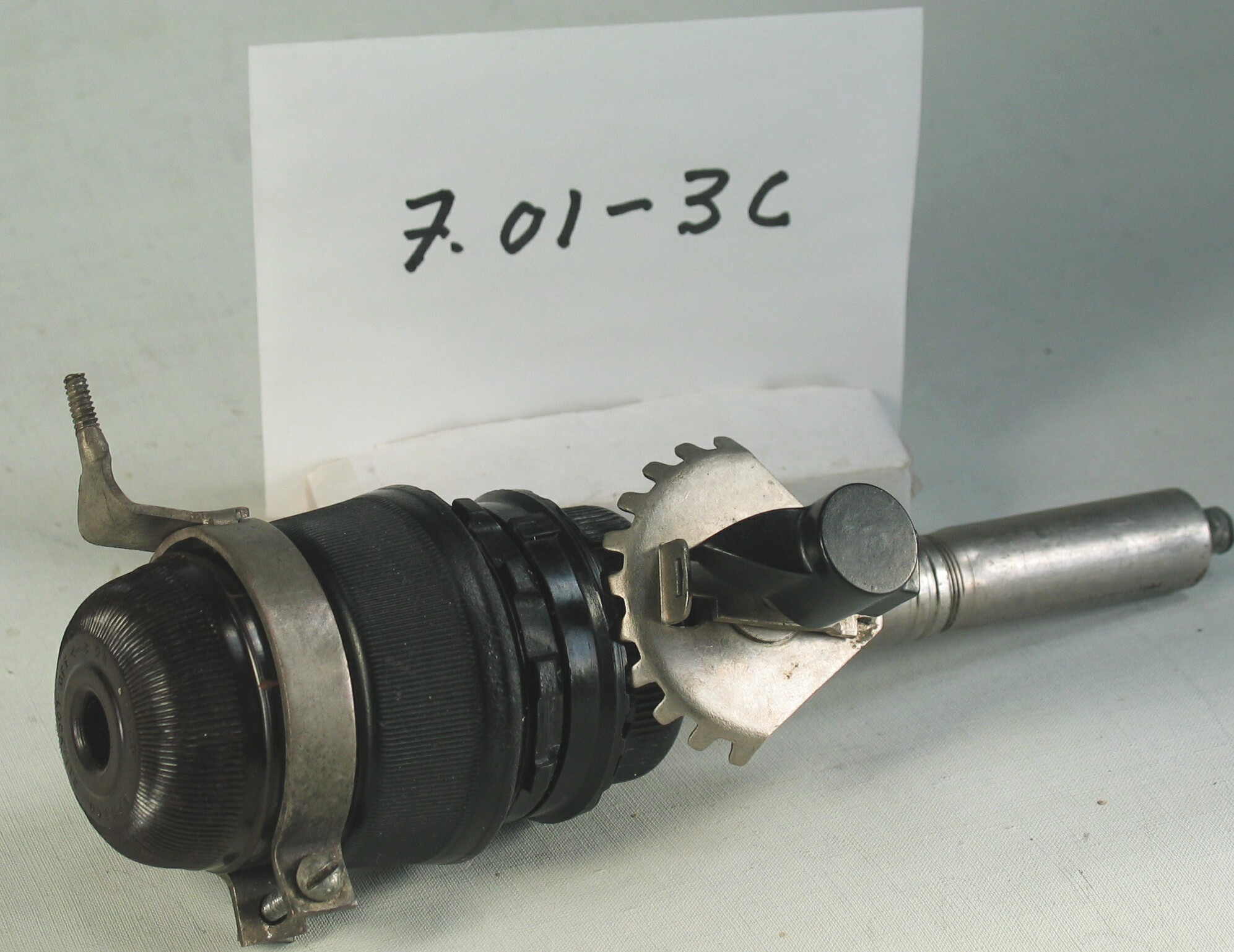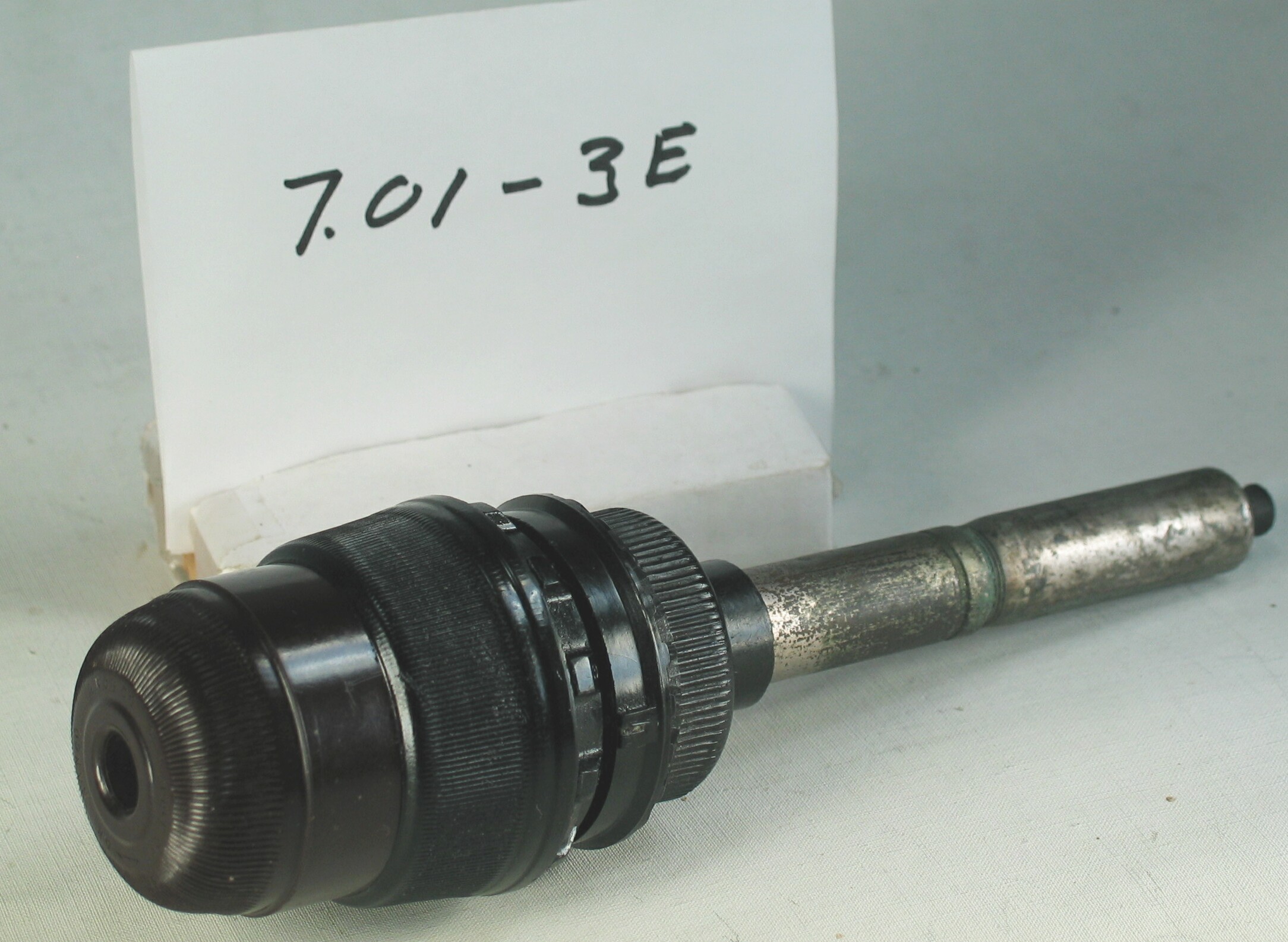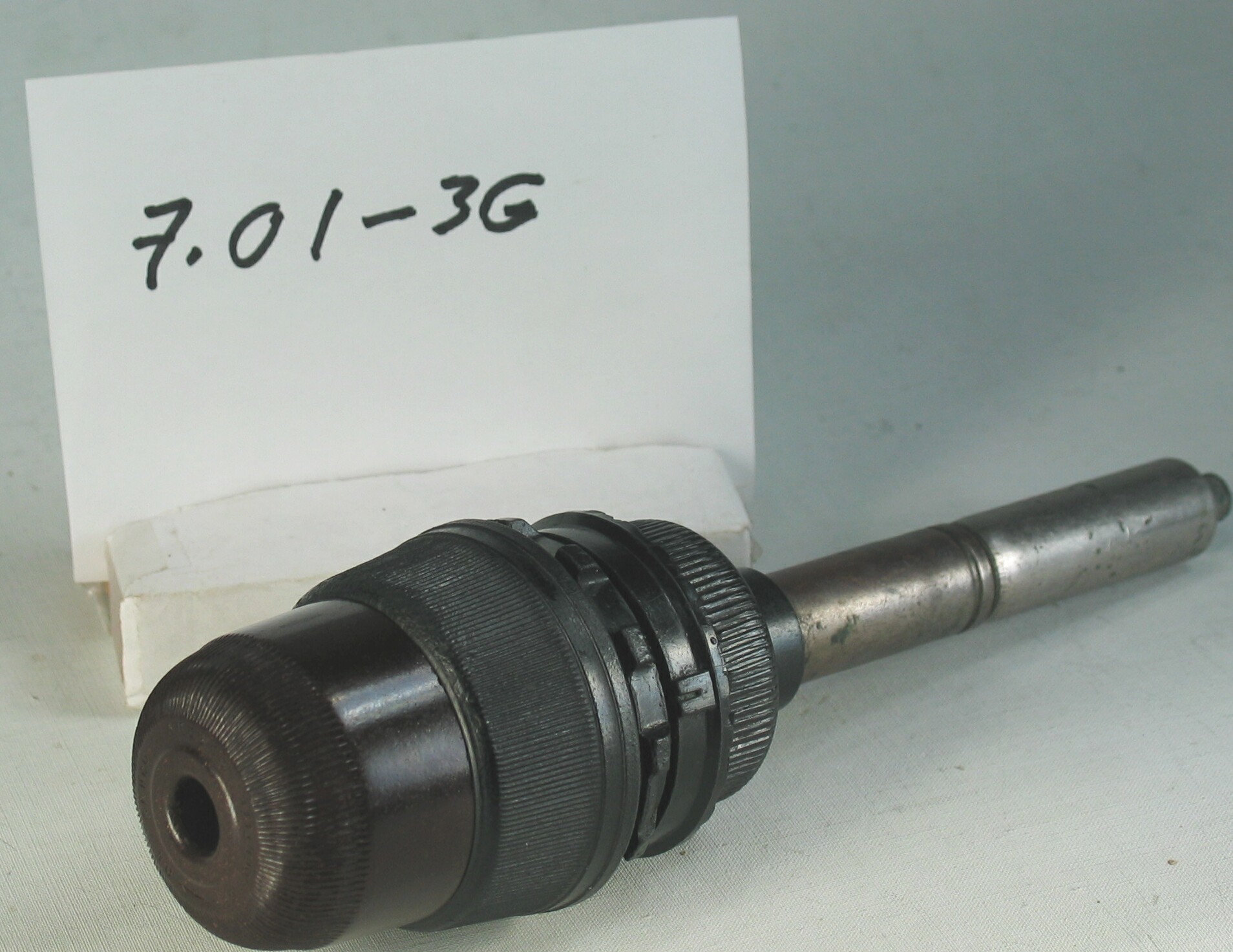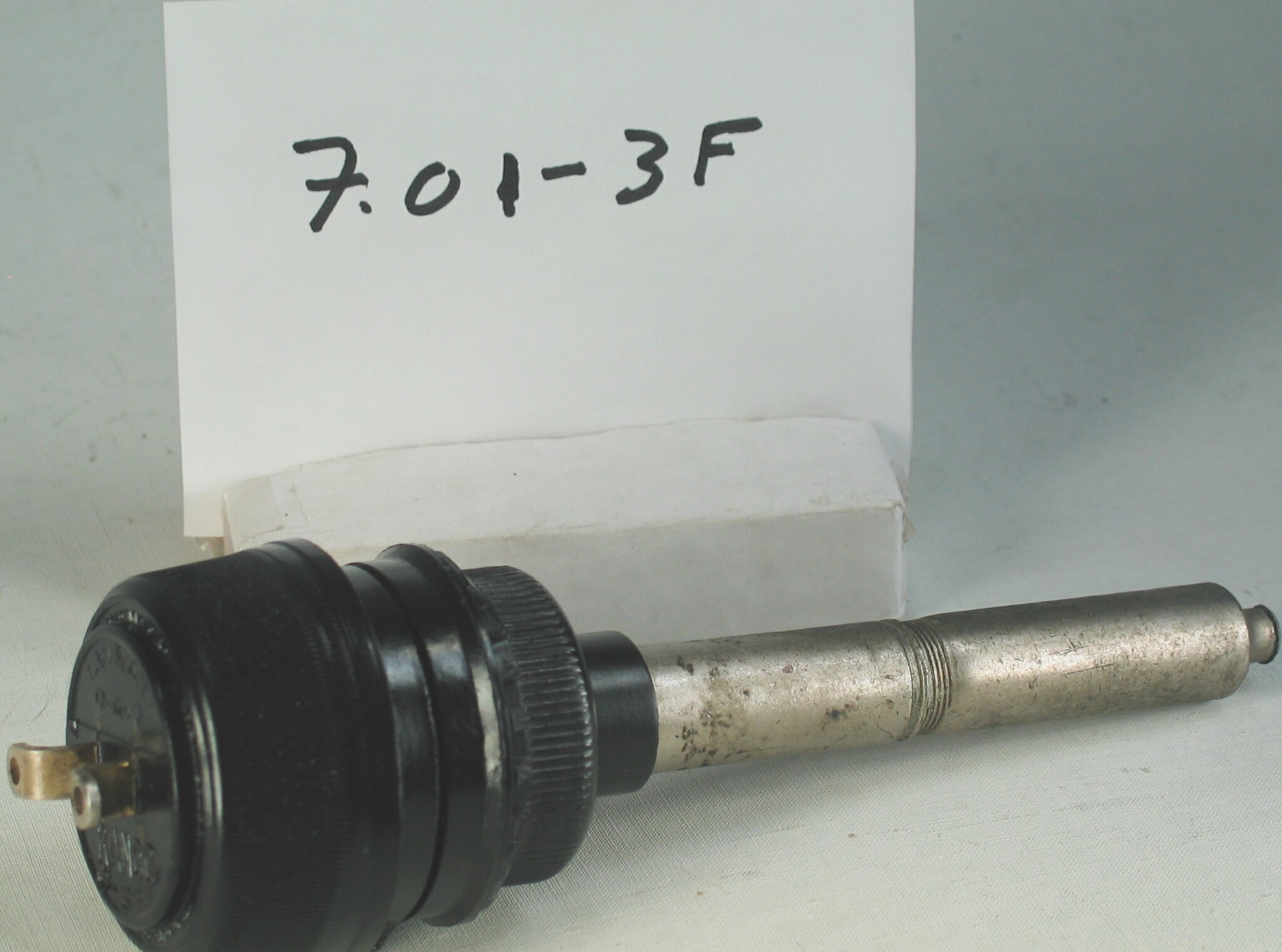7.01-8A: General Electric 1936 Automatic Temperature Control
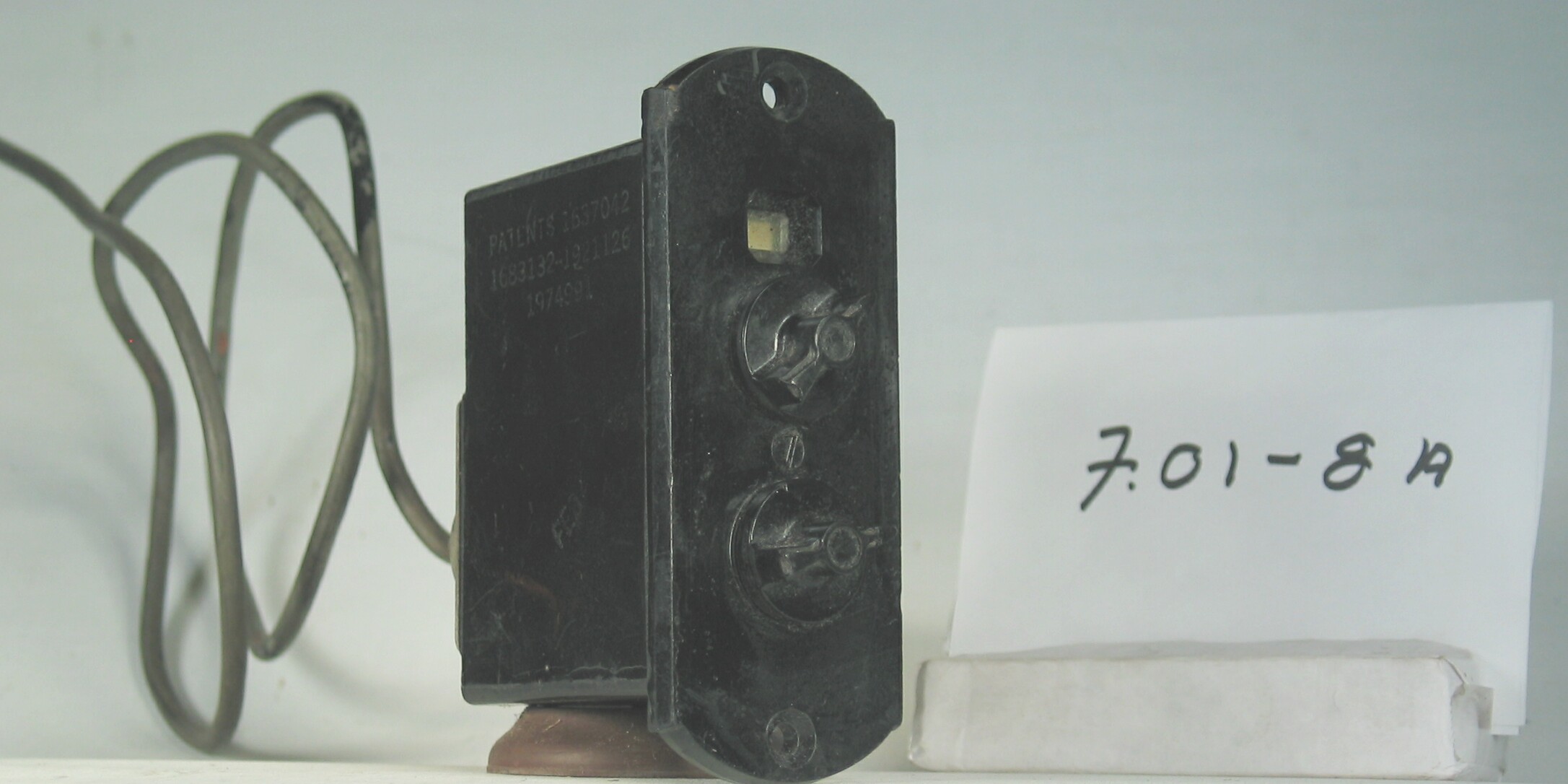
| HHCC Accession No. 2006.023 | HHCC Classification Code: 7.01-8A |
|---|
Description:
An hydraulic bellows actuated, automatic temperature controls, employing extended capillary tube sensing, with compact internally enclosed bellows and equipped with sophisticated manual reset, electric motor overload protection, featuring motor lock-out viewing window, showing flag on shutdown, enclosed in beautifully moulded, gloss black Bakelite case, General Electric, circa 1936
One of a series of early, hydraulic bellows actuated, automatic temperature controls, employing extended capillary tube sensing ‘ the preferred sensing technology of the mid 20th century. [See items ID # 142- 151]. The genre would give way by the end of the century to electronic sensing methods.
Group:
7.01 Refrigerating and Air Conditioning Pressure and Temperature Controls - Household
Make:
General Electric
Manufacturer:
General Electric Co. USA
Model:
CR 1057
Serial No.:
Body markings : 1AG? Feb. 1935?
Size:
3 in. long plus capillary line x 1.5 x 4 in. high
Weight:
10 oz
Circa:
1936
Rating:
Exhibit, education, research, and demonstration quality illustrating a significant milestone in the evolution of extended capillary tube technology through a myriad engineering design developments and applications.
Patent Date/Number:
1637042; 1683132; 1921126; 1974991. [1927 ‘1934]
Provenance:
From York County (York Region) Ontario, once a rich agricultural hinterlands, attracting early settlement in the last years of the 18th century. Located on the north slopes of the Oak Ridges Moraine, within 20 miles of Toronto, the County would also attract early ex-urban development, to be come a wealthy market place for the emerging household and consumer technologies of the early and mid 20th century.
This artifact was discovered in the 1950’s in the used stock of T. H. Oliver, Refrigeration and Electric Sales and Service, Aurora, Ontario, an early worker in the field of agricultural, industrial and consumer technology.
Type and Design:
Extended capillary tube sensing Compact design showing sophisticated engineering
Construction:
Material:
Special Features:
Accessories:
Capacities:
Performance Characteristics:
Operation:
Control and Regulation:
Targeted Market Segment:
Consumer Acceptance:
Merchandising:
Market Price:
Technological Significance:
The series [see items ID # 142- 151] profiles the evolution of extended capillary tube technology through a myriad engineering design developments and applications. It was a period driven by, and responding to, a new often shameless, marketing hyperbola. For the industry would take full advantage of knowledge from the newly found thermal and fluid flow sciences of the times, as well as of the new materials technology and manufacturing methods of the immediate pre-W.W.II years.
The industry was clearly out to create ever-increasing consumer interest and expectations for a user friendly, fully automated, self-regulating, affordable, mechanically driven cabinet refrigerators for the Canadian home. It was ‘an automatic refrigerator in every kitchen’ following the marketing pattern set by the automobile industry for ‘an automobile in every garage’, that was the call of the captains of the household refrigeration industry. The perfection of a reliable, affordable, and user friendly, automatic temperature control was critical to the success of this business venture.
GE, often viewed by their competitors as a ‘me too manufacturer’, where household technology was concerned, was capable of moving in and out of a field, as the consumer market place seemed to warrant. They would typically follow the industry’s recognised leader in a field, in this case Ranco.
The engineering know how and the capital resources seemingly available to the company made it a formidable competitor, even if in the short run. Few controls by GE seem to survive to the present day, by comparison with Ranco, suggesting that their inroads into this particular market was, in fact, relatively short lived.
The sophistication of the design and engineering demonstrated here is impressive for the 1930’s, demonstrating what a formidable competitor the company could be ‘ in the short term.
Industrial Significance:
see above
Socio-economic Significance:
see above
Socio-cultural Significance:
- see above
Donor:
G. Leslie Oliver, The T. H. Oliver HVACR Collection
HHCC Storage Location:
Tracking:
Bibliographic References:
Notes:
See also !D #147, 7.01-8B
Reconstructed 050118
